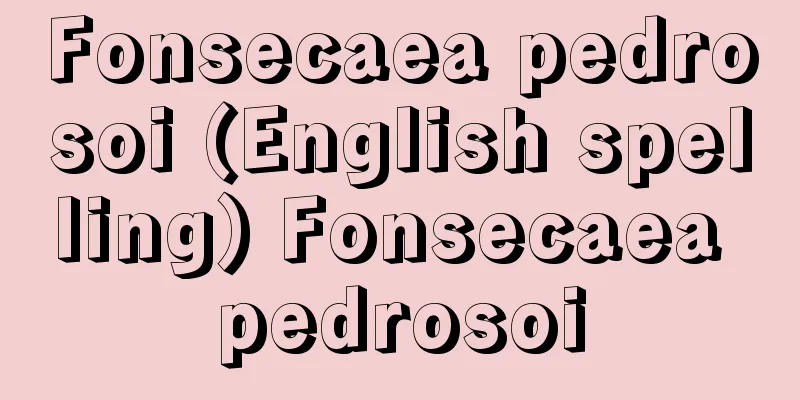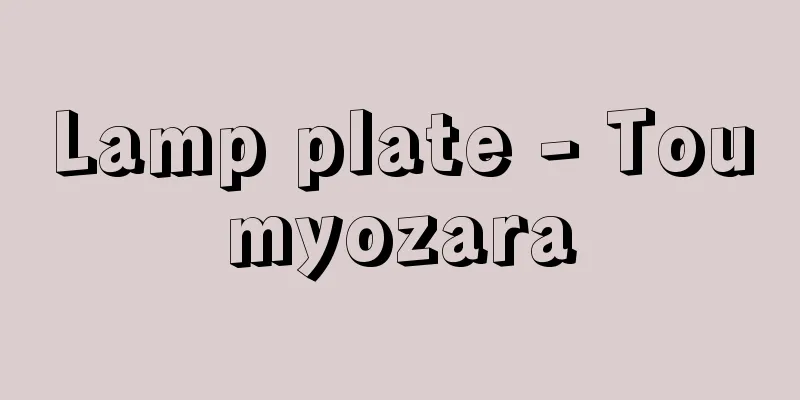The Record of the View of the Palace of the Emperor - Kundai Kansochoki

|
A secret book on room decorations from the Muromachi period. It is said to have been written by Noami, a member of the Doboshu (companion group) of Ashikaga Yoshimasa. The title Kimidai means the Shogun's throne room, and the records (books) of the attendants on either side of it on how to decorate it. There is no original, so it remains only as a copy. There are two versions in circulation: the Noami version and the Soami version. There are several versions of the Noami version, but the one dated March 12, 1476 (8th year of Bunmei), and included in volume 361 of Gunsho Ruiju, which is said to have been written for Ouchi Sakyo Dayu, is the most commonly known. The Soami version is represented by a copy held by Tohoku University, and is the oldest copy. However, in terms of content, the Noami version is considered to have preceded it. It is likely that Noami was the first to start working on it, with further additions made by other members of the Doboshu, who then inherited and perfected this version into the Soami version. The first half of the book lists about 150 painters, mainly from the Song and Yuan dynasties of China, and divides them chronologically into upper, middle, and lower grades, listing their nicknames, titles, birthplaces, and painting subjects, as well as providing guidelines for appreciating Chinese paintings. The second half explains the methods of room decoration with illustrations, and also explains the utensils used for decoration. With regard to room decoration, the book describes the methods of decorating the room with flowers and ornaments on the scroll, such as always placing a set of three or five paintings on a pressing board, and placing a vase or incense burner when hanging a set of four paintings, with the vase on the side left as is, and gives an insight into the methods of art appreciation at the time. [Hojo Akinao] A secret book that explains the methods and tools of room decoration in the Muromachi period. "Chayu Tana Kazari" Noami-style manuscript, held at the National Diet Library . "Kimidai Kansochoki" Matcha jar shapes. Large shoulder joint, small shoulder joint, round jar, donkey's hoof. Manuscript of "Kindai Kansochoki" held at the National Diet Library . Tea caddy in the Kimidai Kansochoki Source: Shogakukan Encyclopedia Nipponica About Encyclopedia Nipponica Information | Legend |
|
室町時代の座敷飾りの秘伝書。足利義政(あしかがよしまさ)の同朋衆(どうぼうしゅう)能阿弥(のうあみ)の著と伝えられる。書名の君台は将軍の御座所で、その飾り方についての左右の侍者の帳記(記録)という意味。原本はなく写本として残る。流布の系統には、能阿弥本系と相阿弥(そうあみ)本系がある。能阿弥本系には数種があるが、文明(ぶんめい)8年(1476)3月12日の日付があり、大内左京大夫(だゆう)にあてて書かれたとする『群書類従』巻361に所収されたものが一般に知られている。相阿弥本系は東北大学所蔵本に代表され、写本としてもっとも古い。しかし内容的にみて能阿弥本系がこれに先だつものとされる。おそらく能阿弥がまず着手し、さらに別の同朋衆によって追記され、これを継承しつつ大成したものが相阿弥本と考えられよう。 内容としては、前半は中国の宋(そう)・元(げん)時代を中心とする画家たち約150人をあげ、年代順に上、中、下の品等に分け、その字(あざな)や号、出身地、画題を列挙し、唐絵(からえ)鑑賞の指針を示している。後半は座敷飾りの方式を図解とともに説明し、また飾り付けの道具となる器物について解説している。座敷飾りについては、押し板に三幅一対、または五幅一対の場合にはかならず三具足(みつぐそく)を置くとか、四幅一対の絵のかかるときは、花瓶か香炉を置き、脇(わき)の花瓶はそのまま置くといった画軸による花や置物の飾り方式が述べられ、当時の美術鑑賞の方式を知ることができる。 [北條明直] 室町時代の座敷飾りの方式と諸道具を解説した秘伝書。「茶湯棚飾」 能阿弥本系写本国立国会図書館所蔵"> 『君台観左右帳記』 抹茶壺図形。大肩衝、小肩衝、丸壺、驢蹄。『君台観左右帳記』 写本国立国会図書館所蔵"> 『君台観左右帳記』にみる茶入 出典 小学館 日本大百科全書(ニッポニカ)日本大百科全書(ニッポニカ)について 情報 | 凡例 |
<<: Military education - Guntaikyoiku
>>: County magistrate - Gundai
Recommend
Ryunosuke Tsukigata
1902-1970 A film actor from the Taisho and Showa ...
Azumigawa [town] - Adogawa
A former town in Takashima District, western Shiga...
crested sharpbill
… The crested sharpbill, or Oxyruncus cristatus ,...
Uwaen
...The seats of those appearing in court differed...
Han Zhongli - Kanshouri
…The eight immortals in Chinese folk legends are ...
Azumaza - Azumaza
[1] A theater located in Senzokucho, Asakusa, Toky...
Long poem - Chouka
A type of waka poem. It is believed to have been ...
Grandson - Sonshi
Date of birth and death unknown. Traditionally, i...
Tritium
A radioisotope of hydrogen with mass number 3, al...
Asian wild ass - Asian wild ass
It is an animal of the order Perissodactyla, clas...
Federal Reserve Act
...Moreover, this provision remained in effect un...
Bevin, Ernest
Born: March 9, 1881, Winsford [Died] April 14, 195...
Kamihira Village
...A city in the southern part of Saitama Prefect...
Caterpillar - Caterpillar
→ Iraga Source : Heibonsha Encyclopedia About MyPe...
U.D.
UD stands for Universal Design. See the Universal ...


![Furukawa [city] - Furukawa](/upload/images/67ccbec0139e3.webp)






